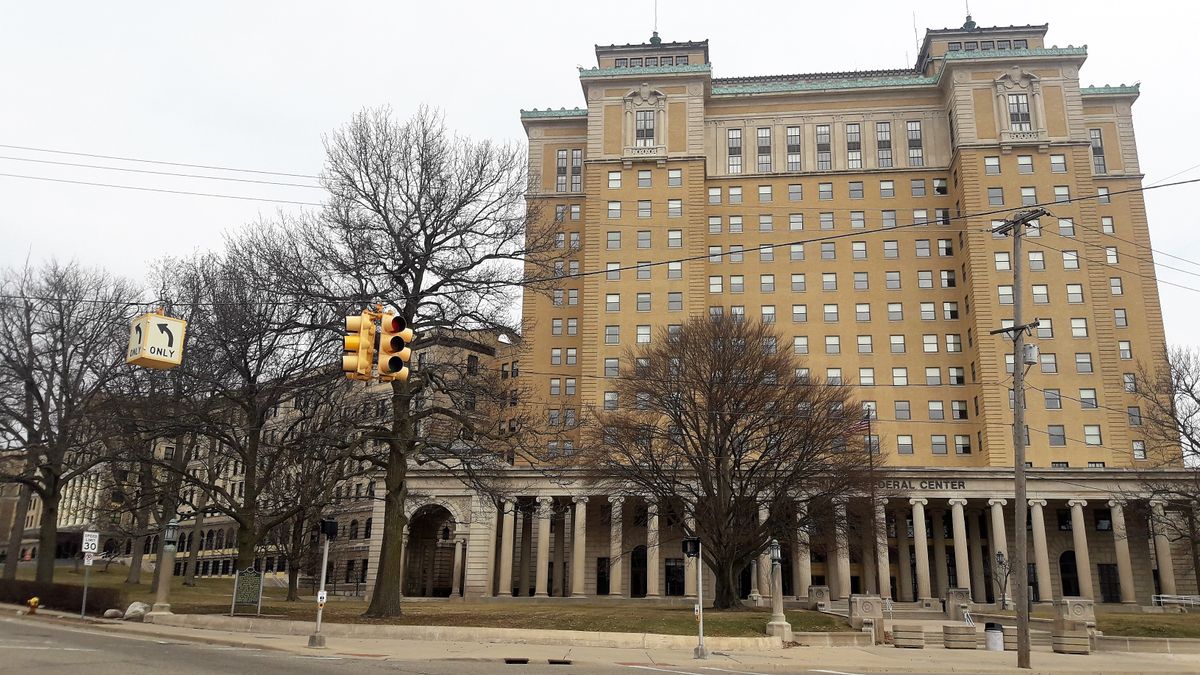About
Two imposing buildings in the center of Battle Creek went through waves of transformation, from a health resort to a military hospital to now government offices.
Battle Creek was the birthplace of the formal Seventh-Day Adventist Church. In 1866, the Church established the Western Health Reform Institute, a kind of health resort promoting temperance, a vegetarian diet, and the importance of exercise. Dr. John Harvey Kellogg—the future inventor of cornflakes—was a medical director of the Institute when he decided to expand it and even invented a new word to rename the place. He took the word “sanatorium” (a health rehab for injured soldiers), changed two letters, and got the Battle Creek "Sanitarium."
Many of Kellogg’s therapy machines, which he invented and then used in the Sanitarium, are on display in the nearby Dr. J.H. Kellogg Discovery Center in the Historic Adventist Village in Battle Creek.
The old building burned down in 1902 and was rebuilt as a new large Italian Renaissance Revival-style building facing Washington Avenue. In 1928, on the peak of the postwar US prosperity, a new fifteen-story towering building at the corner of Champion Street was erected. But the Great Depression struck very soon and in the 1930s, the Sanitarium closed. The buildings were acquired by the US Army in 1942 and they became the Percy Jones Hospital, which was heavily used during the World War II years and later during the Korean War.
After the end of the Korean War, the hospital closed and since 1954 the buildings have been used as government offices. Today the complex is called the Hart-Dole-Inouye Federal Center, named after Senators Philip Hart, Robert Dole, and Daniel Inouye, who were all patients of Percy Jones Hospital during World War II.
Know Before You Go
While the facade of the building and its evolving history can be admired from outside, travelers are reminded that the building is currently being used by the federal government as office space.
Published
April 2, 2019

















